Issue:
August 2025
The Sumida River’s bridges are an overlooked triumph of civil engineering
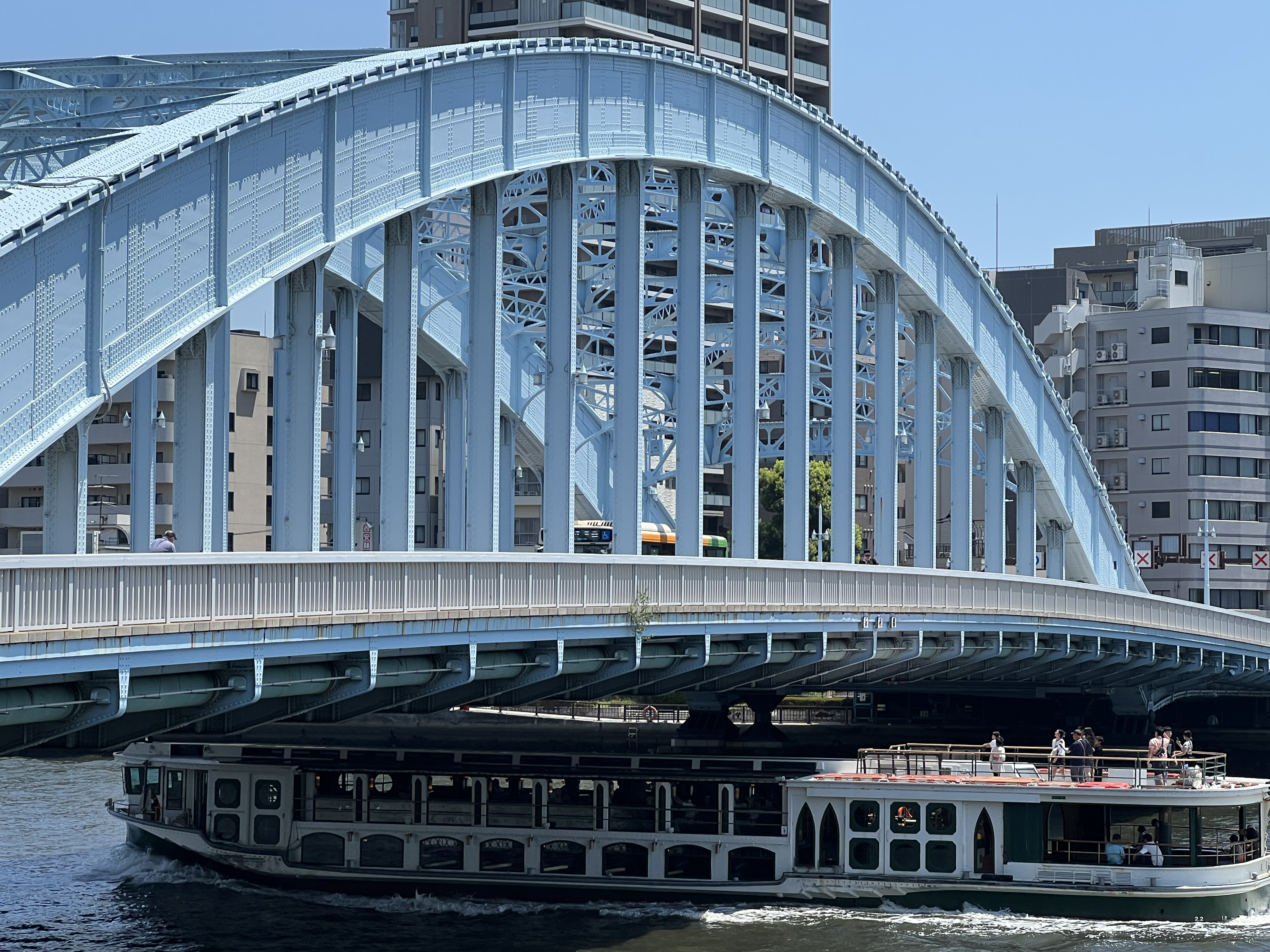
There is some grace to the way major rivers flow through the capital cities of Europe, their embankments bearing witness to history in the form of the great cathedrals, basilicas, palaces, parks and gardens that can be glimpsed from roads and promenades of the Danube, Seine, Rhine, Tiber, and Vitava.
Even on a rainy, bone-cold day in London, there are the iconic, riverside Houses of Parliament, the beautiful heritage homes of Cheyne Walk along the Chelsea Embankment, the South Bank Centre arts complex, the domed, colonnaded splendors of the Greenwich Observatory approach, all there, it seems, to raise the spirits.
Despite one or two structures of architectural interest, like the Tokyo Skytree and the green rooftop of the National Sumo Stadium, both set back from the Sumida River in the urban sprawl that represents the eastern part of Tokyo, there are few buildings of note, none of outstanding beauty.
Philip Stark’s puzzling design for the Asahi Beer Building may not be in the best of taste, but it does at least stir up feelings in viewers walking the Asakusa and Honjo sections of river promenade. But for the most part, the structures that characterize the modest 27 kilometers of the Sumida River, the capital’s best-known waterway, are often utilitarian to the point of brutalism, interspersed with drab, non-descript apartment blocks and the concrete stanchions of the Shuto Expressway, that occludes much of the river’s east bank.
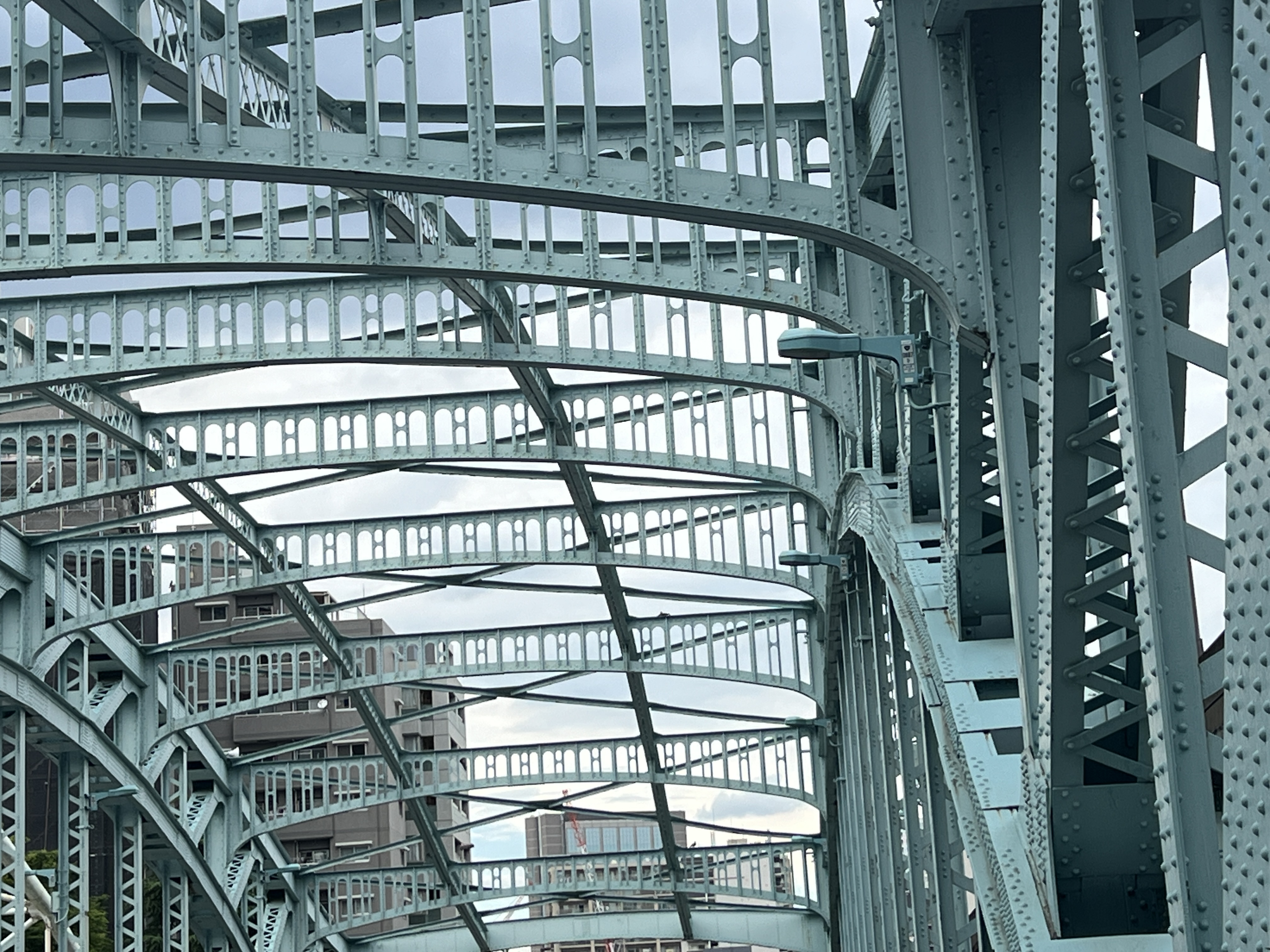
It’s an appalling failure of vision, the buildings and shabby, uncoordinated infrastructure offensive to the eye, but too bland to call monstrosities. And yet, the Sumida is an important waterway, one that has made a deep and lasting cultural incision in the city’s history.
When Edo (Tokyo) was selected as the de facto military and political capital of the country at the beginning of the 17th-century, certain requirements of Chinese geomancy were required to be met. The symbols and coordinates, if correctly chosen, would endorse and secure the power of the new city. The east, the direction of the Cyan Dragon, called for a major watercourse. The Sumida River served this end. Despite the winter cold and the constant fear of flooding, the river was a benevolent presence, and a source of fresh fish. By the middle years of the Meiji period, however, steam paddleboats plied a river that, only years earlier, fishers could draw water from to brew their tea. Smokestacks now stood like industrial pagodas along the newly developed east banks.
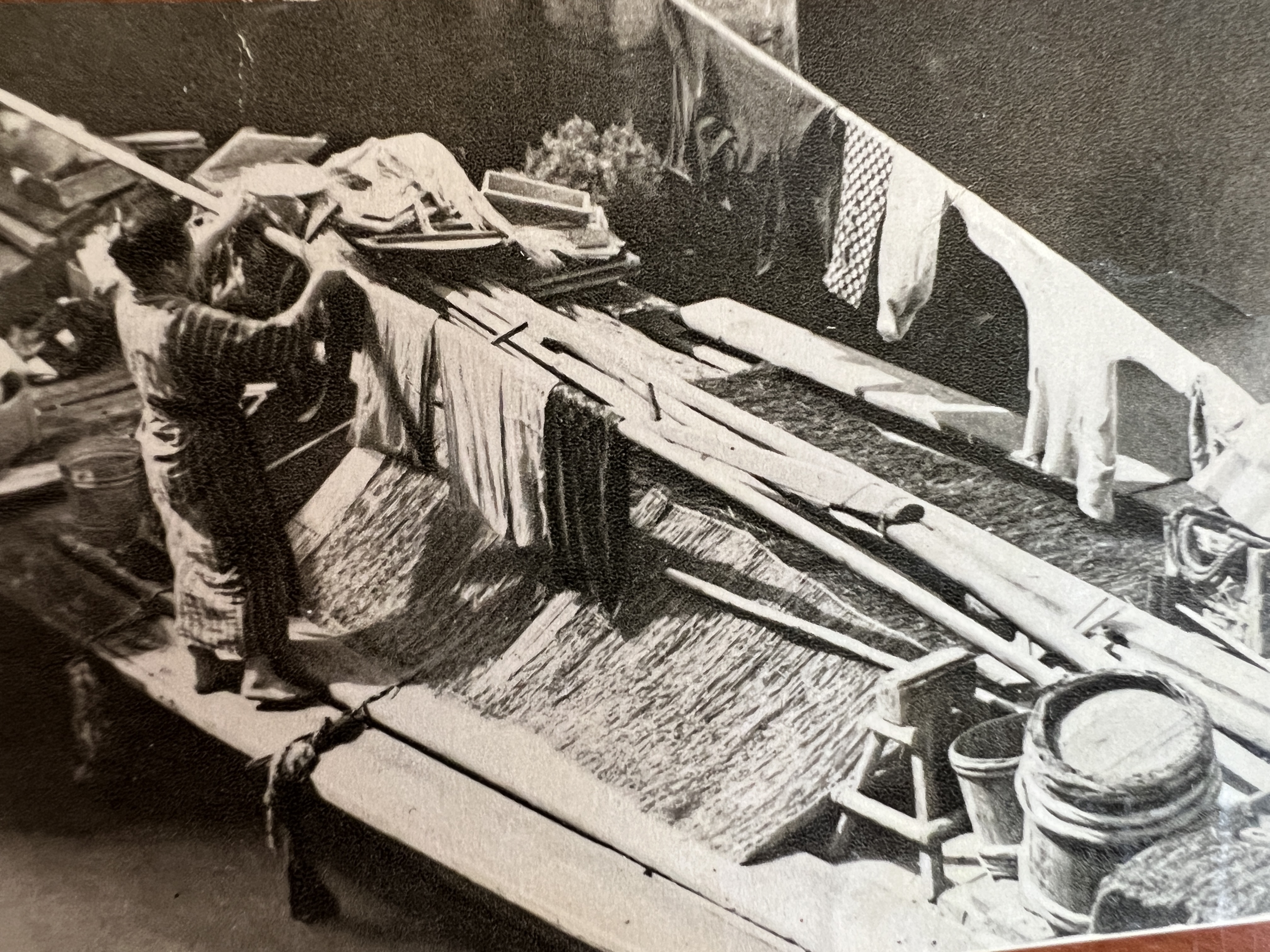
Worse was to be visited on the area with the air raids of World War II. The most devastating attack took place on the night of 9-10 March, when B-29 Super Fortress bombers offloaded thousands of tons of incendiary and fragmentation bombs onto the most densely populated working-class districts along the river. Residents who survived, recall the bombs being dropped concentrically, to block off any avenues of escape.
A photo taken from a surveillance airplane after the bombing shows a scorched and flattened landscape, but with one exception. The major Sumida River bridges are all intact. I’ve never read anything to confirm the theory, but it seems probable that the Americans, confident that they would prevail in the war, left the bridges unscathed so that, once the city was occupied, it would be easier to transport military vehicles.
Despite the poverty of its embankments, the river’s bridges, and the well-planned walking promenades that connect them, are a triumph of civil engineering and even, in one or two instances, beauty. I start the roughly 27 km walk along this short river from Senju Ohashi, a bridge close to the point where the Sumida and Arakawa rivers converge. The blue, braced-rib tied arch construction dates from 1927, and is a fine start for an appreciation of the river’s pre-war bridges. The next span of note, Shirahige -bashi, an iron truss bridge with a sinuous flow to its girders, was built in 1931.
I’ve hardly seen a soul on this walk on a scorching hot summer day, but on the approach to Azuma-bashi and Komagata-bashi, both bridges within striking distance of busy Senso-ji Temple, the crowds temporarily thicken. A few hundred meters up from the Asakusa district, I structure I’ve always liked: the blue arches and vaguely European stanchions of Komagata Bridge, built in 1927. Comparing it to old postcards I’ve collected, it looks perfectly intact.
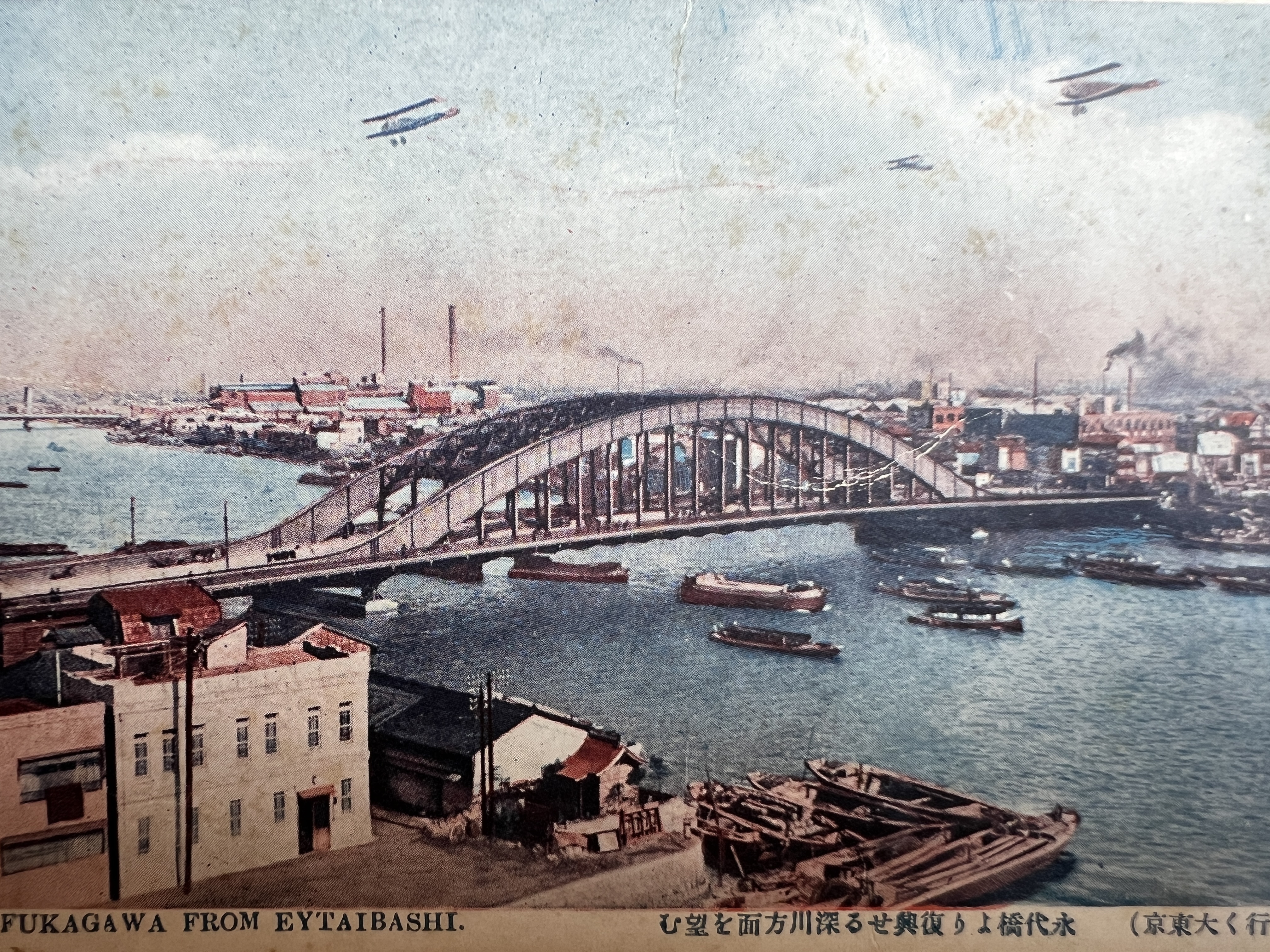
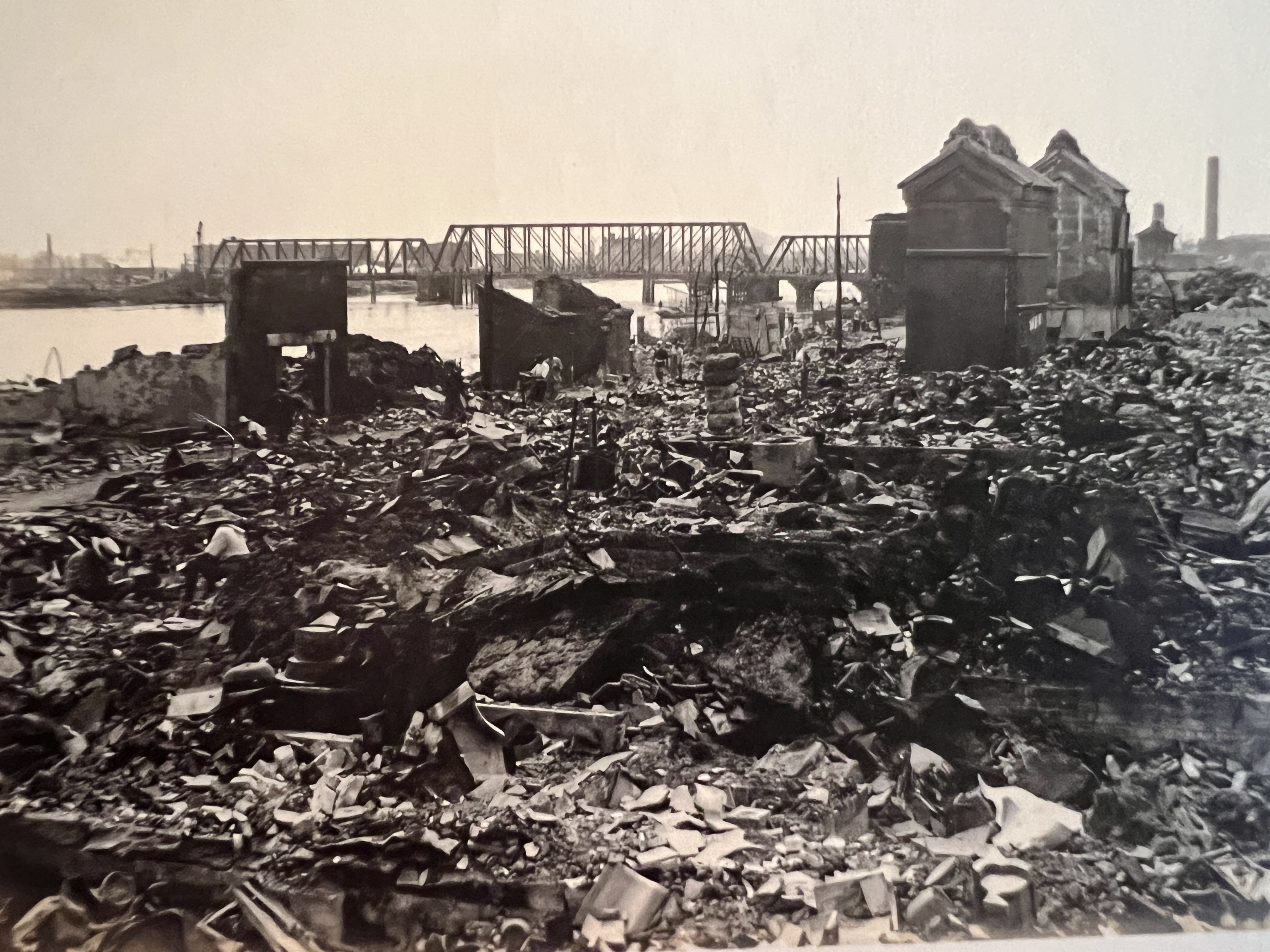
I’ve always had a good sense of smell – one of my few gifts. It’s at the Ryogoku-bashi, a 1932 bridge, whose four, granite corner posts evoke an Art Deco sensibility, that I first sense the sea out in the bay. The next bridge of historical note is Kiyosu-bashi, its tie rods affixed with lamps. The bridge, dating from 1928, was part of a massive reconstruction program implemented after the September 1923 Great Kanto Earthquake that devastated much of the city. Eitai-bashi, built in 1924, is even older. With its expansive views along the river, the blue, steel arch structure is a popular film and TV drama location.
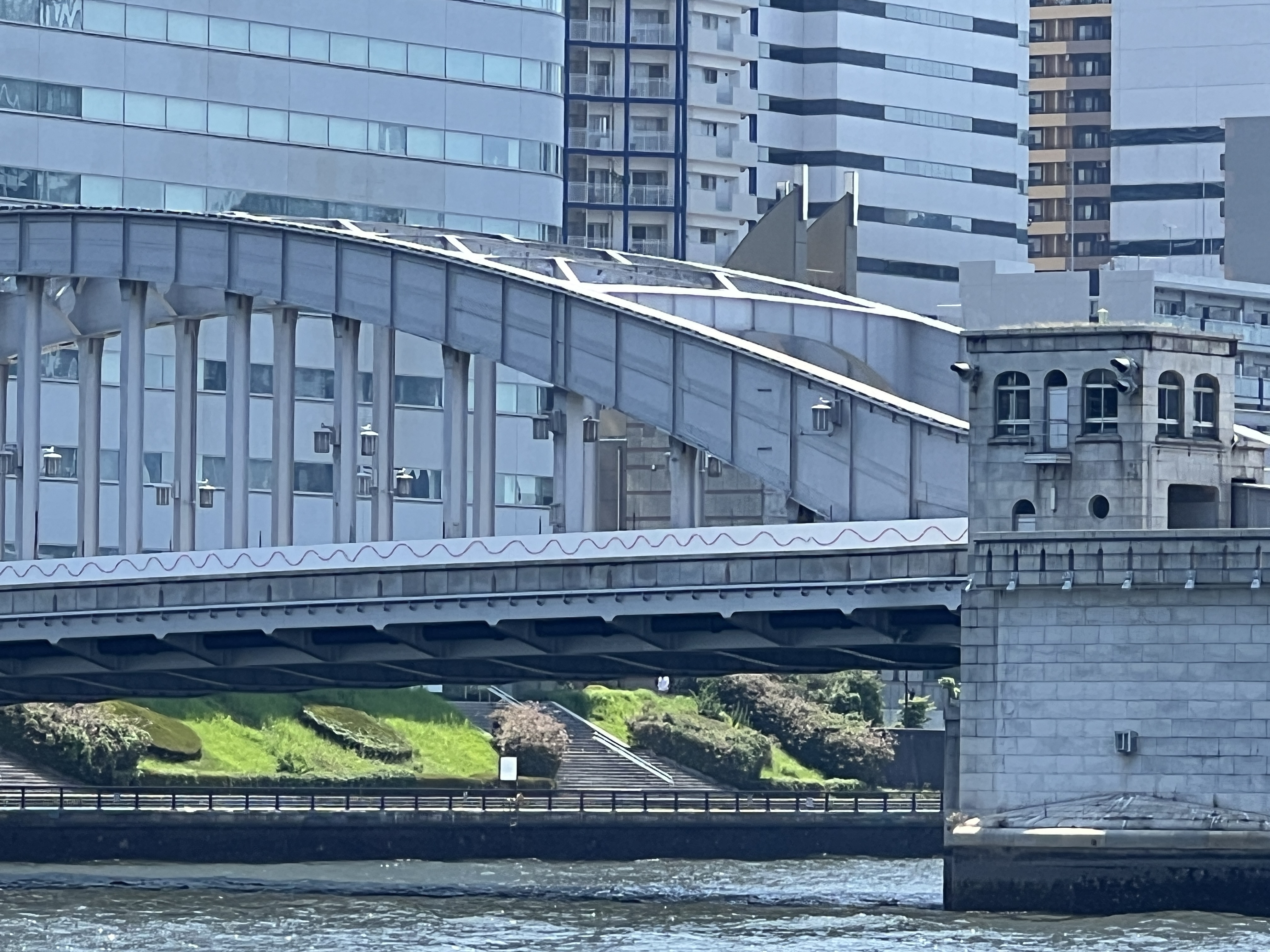
The 1940 Kachidoki-bashi, the first bridge in from Tokyo Bay, is a moveable drawbridge structure. Though it is rarely done these days because of traffic congestion – the last time was 1968 – both sides of the bridge can be raised to allow tall ships to pass through. Here, on the edge of the estuary, the raw, saline smell from the bay is stronger now, as twilight falls over the river and the distant cry of seagulls is heard.
It sometimes seems as if the most unlovely aspects of Tokyo are the work of an illusionist, who works best at night. As darkness smothers river embankments, the river’s bridges are magically illuminated.
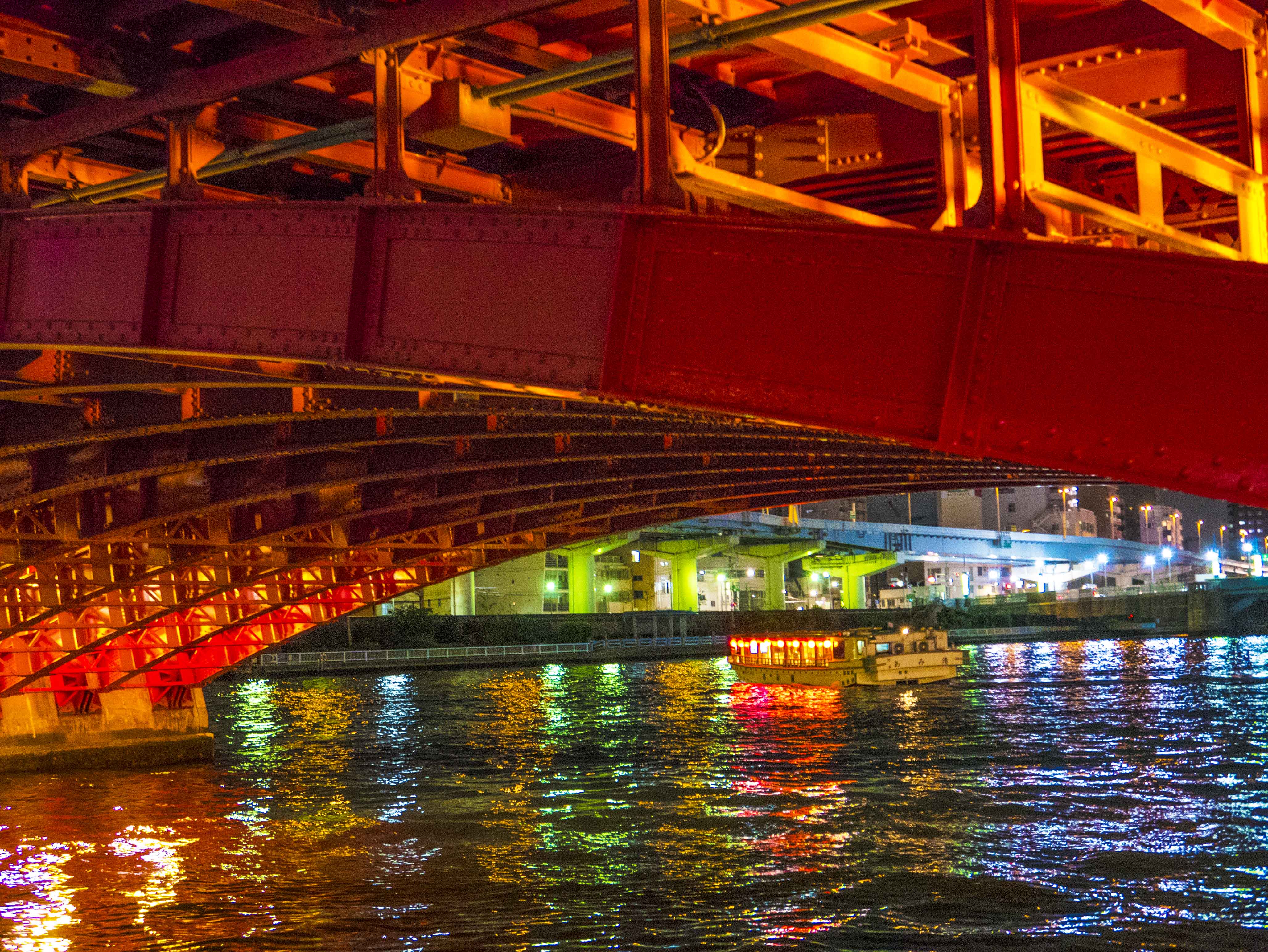
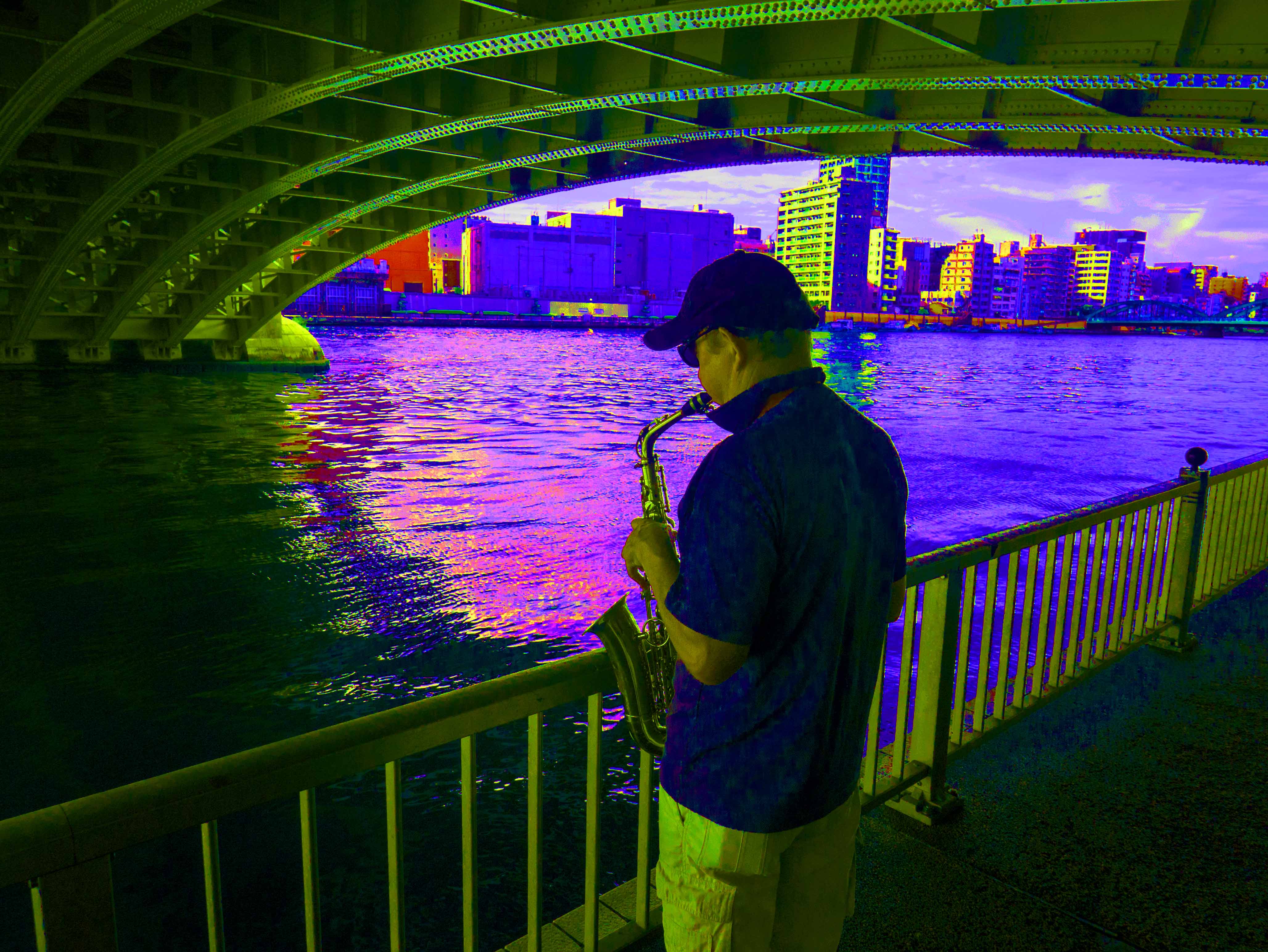
Stephen Mansfield is a Japan-based writer and photographer whose work has appeared in more than 60 magazines, newspapers and journals worldwide. He is the author of 20 books.

